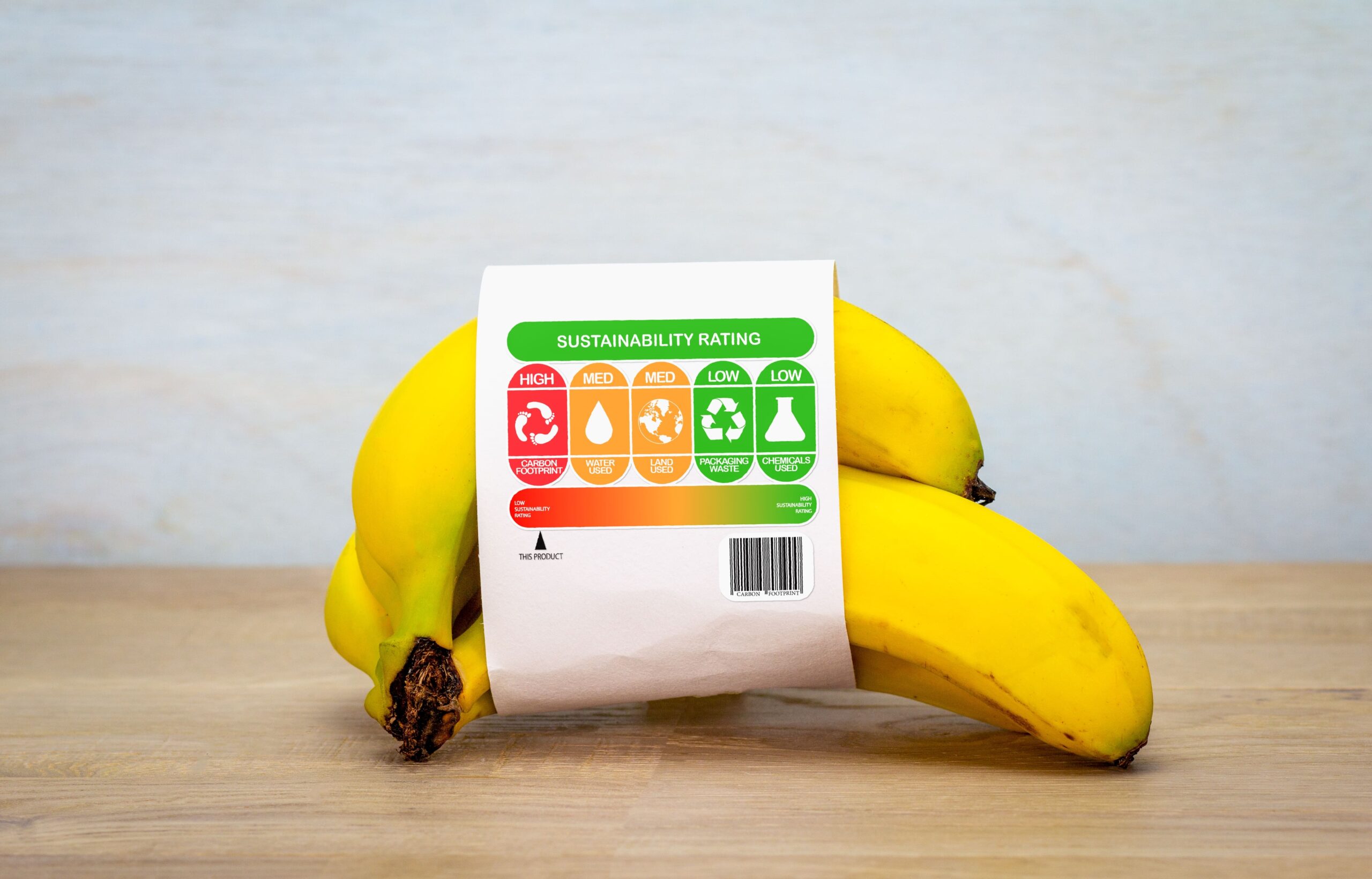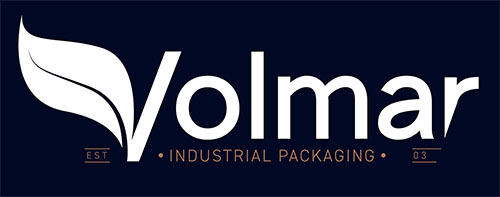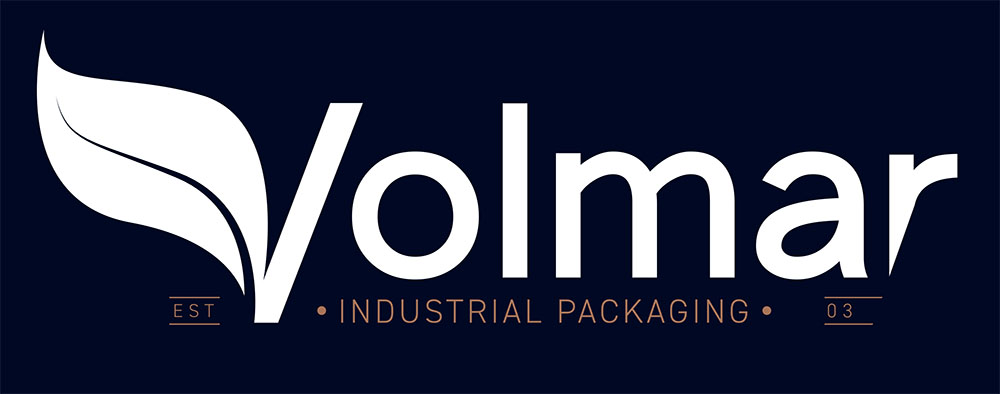
In France, Eco-score was recently introduced, and it measures the environmental impact of food and provides an indication on food labels. Also being tested in Germany and the Netherlands, the initiative aims to inform customers about the ecological footprint of food products to encourage more sustainable consumption choices.
The project is supported by a similar proposal in the European Union, as citizens are requesting the creation of a European Eco-Score for all foods produced and sold in the EU. Here’s exactly how the Eco-Score works and how it is calculated.
What is the Eco-Score label?
The Eco-Score was created in France following the introduction of the Nutri-Score, a system that classify food according to their nutritional quality. It is a logo added to the food label that explicit to the consumers the overall environmental impact of the food so they can make informed decisions.
It was developed by numerous organizations, including several food apps and websites like Yuka, Marmiton and Open Food Facts. Other parties involved include the environmental consulting company ECO2 Initiative, environmental organizations Greenpeace, WWF and Zerowaste, as well as Ademe, The French Agency for Ecological Transition.
Eco-Score: how it works
The French Eco-Score is based on an environmental analysis of food products on sale, with the evaluation expressed with five colors and letters. The environmental score for foods goes from a dark green A, when products have a minimal impact on the environment, up to a red E for food with the highest ecological footprint that is therefore more damaging to the environment.
The environmental label for foods takes into account a product’s entire life cycle, through a Life Cycle Assessment (LCA). This means that the environmental impact of foods is analyzed taking into account the production, packaging, storage, transport, sale, consumption and disposal phases, and the score is indicated with the image of a leaf in dark green, light green, yellow, orange or red.
How is the Eco-Score calculated?
The Eco-Score is quite a complex calculation. Firstly, the French system uses Ademe’s Agribalyse database to analyze the life cycle of food products. Then, it applies a series of additional indicators to get a more precise and comprehensive evaluation of the actual environmental impact of foods.
Several additional aspects are also analyzed, such as the presence of sustainability certifications, the production system, if the product is part of a fair-trade supply chain and organic farming.
Additional factors are the product impact on biodiversity, the supply chain length and the use of eco-friendly and recyclable packaging.
The calculation uses a logarithmic system, which is converted into a score ranking from 0 to 100 so it is simpler and more intuitive for consumers, taking into account the environmental impact of 100 grams of the product. There are 20 points in each class, so it starts with the 0–20 band for products that are most harmful to the environment and goes up to 80–100 for the most eco-friendly and kindest to the biosphere.
European Eco-score
On 30 June 2022, a process was launched for the trial of a European Eco-Score thanks to one million signatures being collected to promote the European Eco-Score project. The idea was to introduce a mandatory environmental label for all food products produced and sold within the European Union, adopting harmonized standards across the whole EU to encourage companies in the food industry to reduce their environmental impact.
At this point, it becomes necessary to identify parameters that will be shared across all countries in the European Union to determine how to calculate the ecological footprint of foods. Today, more and more companies are signing up to the initiative voluntarily, especially in France, showing greater sensitivity towards sustainability linked to food habits.
To prepare for the introduction of the European Eco-Score, it is important to start reducing the environmental impact of your food products now. For the food packaging sector, Volmar already offers dedicated eco-friendly packaging solutions that reduce the ecological footprint of food products without compromising the shelf life and ensure optimal protection against external agents.

